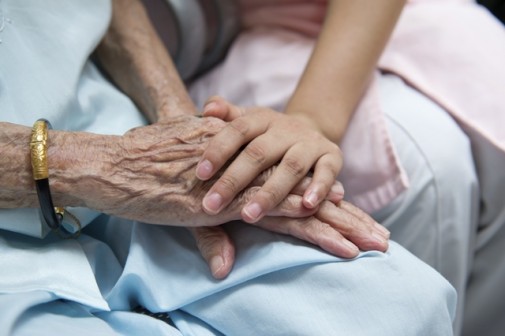Aging baby boomers may be trouble for nursing homes

New studies suggest that America’s baby boomer generation may not be able to pay for their nursing home care.
The U.S. National Institute on Aging (NIA) states that there are growing amounts of older Americans developing diseases but are not able to pay for long-term nursing facility care due to lower income rates of adult children to pay for them.
“Baby boomers had far fewer children than their parents,” said Richard Suzman, director of the NIA’s Division of Behavioral and Social Research, in a statement. “Combined with higher divorce rates and disrupted family structures, this will result in fewer family members to provide long-term care in the future. This will become more serious as people live longer with conditions such as cancer, heart disease and Alzheimer’s.”
Suzman also suggests that these growing numbers “represent an approaching crisis in caregiving.”
Research shows that there are more than 40 million Americans who are 65 and older. It is predicted that these numbers will soon double by 2050. The NIA also says that this generation will contain the most rapid growth of older Americans since 1900.
High blood pressure, heart disease, lung disease and diabetes have major increases in older Americans, according to research. By 2008, research says that about 40 percent of older adults developed three or more chronic conditions. About 50 percent had one or two chronic conditions, and only eight percent of older adults had no condition at all, according to the NIA-funded Census Bureau.
These are not the only contributing numbers rising, as obesity in Americans aged 65 and older have increased. An NIA report between 2003 and 2006 also states that 72 percent of older men and 67 percent of older women were overweight or obese.
Obesity increases the risk of diabetes, arthritis and mobility issues, says the report. With that being said, caregiving in nursing homes are in high demand for older Americans, with limited supply.
The NIA report states that: “The cost of long-term care varies by care setting. The average cost of a private room in a nursing home was $229 per day or $83,585 per year in 2010. Less than one-fifth of older people have the personal financial resources to live in a nursing home for more than three years and almost two-thirds cannot afford even one year.”
Related Posts
Comments
2 Comments
About the Author
health enews staff is a group of experienced writers from our Advocate Health Care and Aurora Health Care sites, which also includes freelance or intern writers.


















It will be interesting to see the effects on society and what the number of Generation X’ers with a parent living in their household (requiring health care) will be.
Interesting timing as my wife and I had a 2 hour phone discussion with a long term care insurance specialist last night. As the baby boomer generation experiences the financial catastrophe on their parents funds, the long term care insurance seems a prudent choice to make. My mother-in-law had a long term care policy which paid almost all the nursing home bills incurred. The cost of the insurance varies based on the coverage choices, health, age of the insured, but it is very leveraged. A typical policy of for a couple 50 -60 may run around $3,000 – $5,000 a year which makes sense when you look at the alternative of paying $80,000 a year or more for nursing home costs. Most policies have a inflation coverage built in to cover the rising costs.